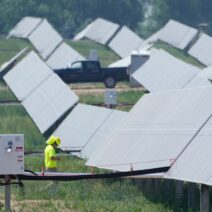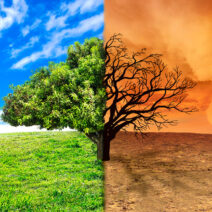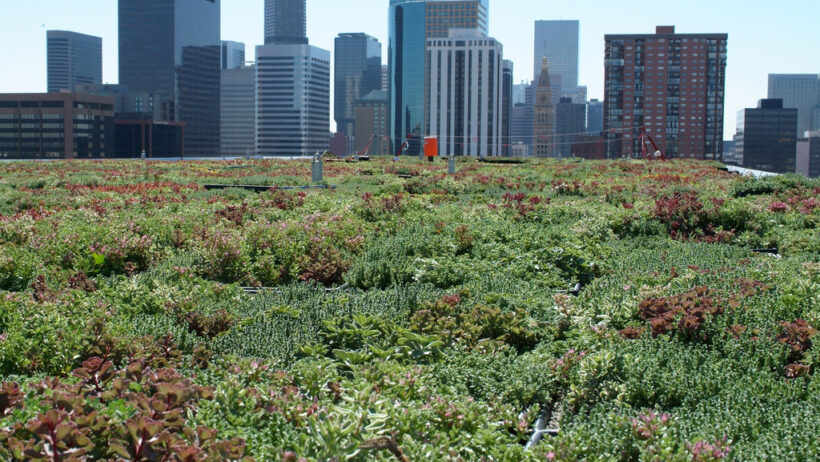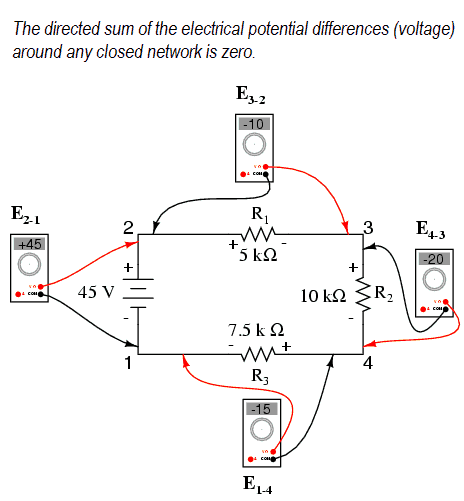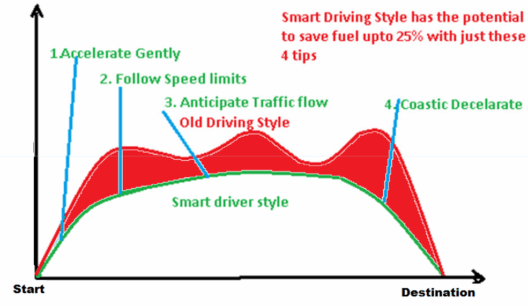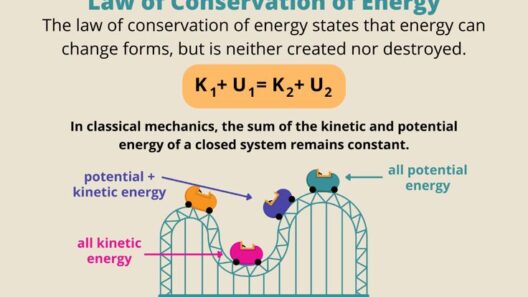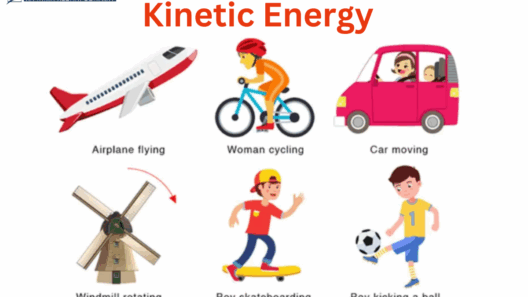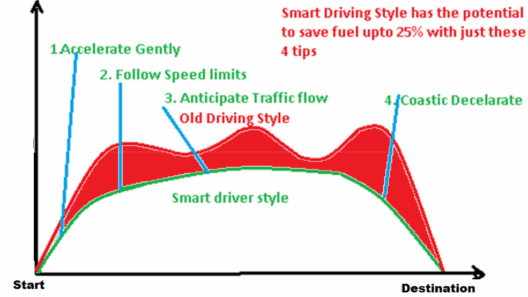Imagine stepping onto your rooftop garden in the middle of summer, feeling the cool breeze against your skin while the city below bakes under the relentless sun. How does a green roof achieve such remarkable temperature moderation? The intricate system of vegetation, soil, and drainage layers not only creates a beautiful retreat but also plays a crucial role in energy conservation. This article explores the myriad ways in which green roofs contribute to sustainability and energy efficiency in our urban environments.
Green roofs, also known as living roofs, are essentially roof assemblies that have vegetation planted on them. These roofs can be categorized into two main types: extensive and intensive. Extensive green roofs have a thinner layer of soil, typically 3 to 6 inches, and require minimal maintenance. Conversely, intensive green roofs feature deeper soil layers and can support a wider variety of plants, including trees and shrubs, necessitating more maintenance and engineering. Both types, however, provide remarkable energy conservation benefits.
One of the principal ways a green roof conserves energy is through thermal insulation. The soil and vegetation act as natural insulators, reducing the amount of heat that penetrates the building below. During hot summer months, a standard building can heat up quickly, necessitating air conditioning to maintain comfortable indoor temperatures. Green roofs mitigate this phenomenon by absorbing sunlight and providing shade, which reduces the heat island effect commonly experienced in urban settings. The end result? A significant decrease in reliance on artificial cooling systems, leading to lower energy consumption. Could this be a solution to rising energy costs?
Furthermore, green roofs are instrumental in stormwater management. Traditional roofs contribute to the rapid runoff of rainwater, exacerbating urban flooding and increasing the burden on sewage systems. Green roofs, on the other hand, absorb rainwater through their soil layers and vegetation, which helps to alleviate the volume of water that flows into drainage systems. As water is retained, the plants use it for transpiration, which has the ancillary benefit of cooling surrounding air. By reducing the need for stormwater management, green roofs can save municipalities considerable expenses. Can you envision the potential savings on municipal budgets?
Another fascinating aspect of green roofs is their ability to improve indoor air quality. Plants, through the process of photosynthesis, absorb carbon dioxide while releasing oxygen. They also filter pollutants and particulate matter from the air. By installing a green roof, the air quality in and around the building can be drastically improved, reducing the reliance on mechanical ventilation systems that typically consume substantial energy. This dual benefit of improving both the indoor environment and external air quality presents a compelling argument for the widespread adoption of green roofs. What if we could breathe cleaner air while cutting down utility bills?
Moreover, green roofs have the added advantage of capturing and storing carbon dioxide, one of the primary greenhouse gases contributing to climate change. By fostering biodiversity and creating habitats for various species, green roofs can enhance urban biodiversity, which is crucial in combating habitat loss due to urban sprawl. Healthy ecosystems provide vital services, from pollination to pest control, allowing cities to function more sustainably. Could embracing these green spaces initiate a more substantial shift toward ecological awareness in urban planning?
In addition to their environmental benefits, green roofs can also provide economic advantages. The decreased energy consumption and lower utility bills due to enhanced insulation properties can result in significant cost savings for building owners. Investment in green roofs can be offset by these savings over time. As awareness of climate change and sustainability grows, properties with green roofs are becoming increasingly attractive in the real estate market. Buyers and renters are often willing to pay a premium for access to sustainable features, which can increase property values.
Implementing green roofs does pose certain challenges, which must be considered for their potential advantages to be fully realized. The initial costs for installation can be high, particularly for intensive green roofs requiring more elaborate structures. They also demand ongoing maintenance to ensure the health and aesthetic appeal of plants and soil. Additionally, not all buildings are suitable for green roofs; structural assessments are necessary to prevent additional stress on load-bearing walls and foundations. However, with the right approach, the benefits can vastly outweigh the challenges.
The installation and promotion of green roofs must be accompanied by proper incentives, governmental policies, and community education. Urban planners and architects need to collaborate in building regulations to encourage the adoption of green technologies. Financial assistance could incentivize homeowners and businesses to invest in green roofs, leading to a more significant impact on energy conservation. Are we, as a society, prepared to embrace this challenge and opportunity for a more sustainable urban future?
In summary, green roofs are an innovative approach to energy conservation, stormwater management, and urban biodiversity enhancement. The multifunctional benefits they provide to individuals, communities, and the larger environment present compelling reasons to consider their implementation seriously. From reducing urban heat islands to improving air quality and promoting sustainability, green roofs stand as a testament to what can be achieved when we choose to integrate nature into our built environment. It’s time to rethink our relationship with urban spaces and consider the greener path ahead.

